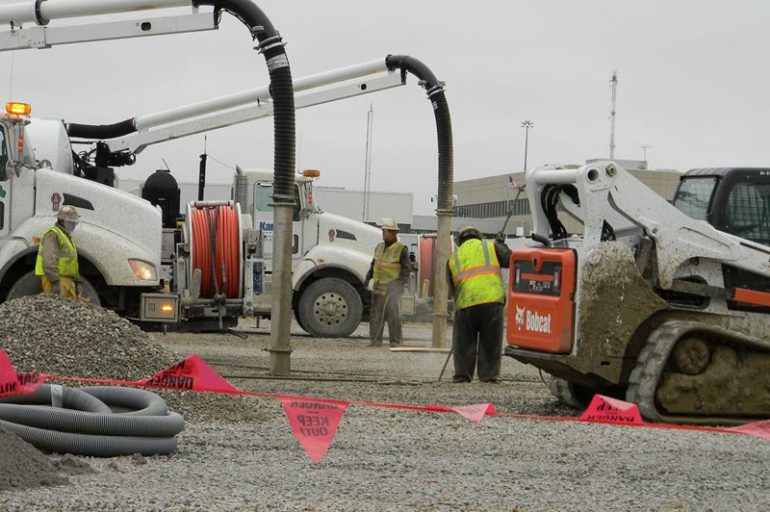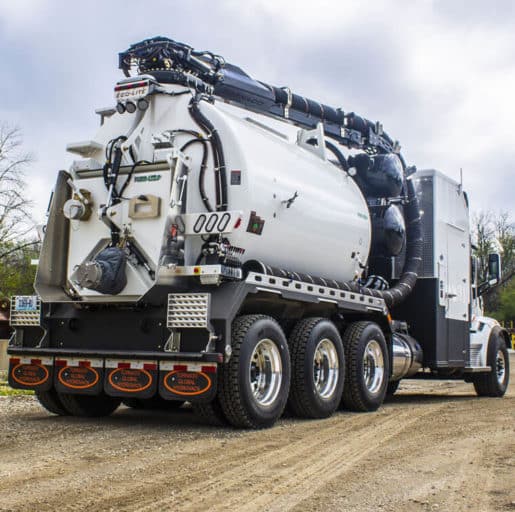
Hydrovac excavation employs highly pressurized water and a vacuum system to excavate and/or expose existing infrastructure. Typical uses include laying sewer lines, general excavation, trenching, tunneling and horizontal directional drilling (HDD).
Hydrovac excavation is prized because of its reliability and accuracy. However, the by-product of this process is slurry. Usually composed of about up 60% water and 40% solids, hydrovac waste is difficult, not to mention expensive, for operators to dispose of at a landfill. Such waste streams need to pass the US EPA 9095 test (commonly called “The Paint Filter Test”) to have no appreciable free liquids. Oftentimes, hydro excavation slurry is classified as liquid waste and needs to be disposed of at liquid waste facilities which can be very expensive. In addition to landfill fees, hydrovac trucks usually have to drive miles to find legal dump sites to dispose of the waste and this is time consuming and costly for any project.
The use of Waste Lock® super absorbent polymers allows for the free liquid water fraction of a hydrovac slurry to be rapidly absorbed to pass Paint Filter Test with the waste volume increase of < 1%.

The resulting savings can be substantial:
- Lower labor costs due to rapid stabilization
- Fewer loads to transport to a landfill
- Lower disposal costs than typical liquid waste treatment
- Lower landfill disposal fees due to negligible volume increase
Since 2000, M2 Polymer Technologies has been an industry leader in sorbent solutions with our Waste Lock® line of product for a myriad of aqueous waste streams. We offer the broadest assortment of super absorbent polymer chemistries and formats available anywhere on-line.
Contact us today for technical data, a sample or additional information!